The History of Board Games
Bored? Nothing new on Netflix? Hulu letting you down? Disney+ is really a minus? How about trying out some board games from the 19th century?
You might enjoy The New Amusing Goofy Game. It was a brand new game in 1887 and it’s probably new to you now. Presumably, it’s both amusing and goofy. From what we can tell (the instructions are in Dutch) it’s a fairly typical race game in which two or more players compete in moving pieces around a numbered board through dice rolls.
Board games have been an integral part of human culture for millennia, offering entertainment, strategy, and a means of socialization. The history of board games is rich and varied, spanning different continents and cultures, each contributing unique elements to the development of these games. Among the oldest and most enduring types of board games are race games, which have a fascinating history that highlights their universal appeal.
Early Race Games: A Global Phenomenon
Race games are among the earliest known board games, with a history that stretches back thousands of years. These games typically involve players moving pieces along a track, with the objective of reaching a finish line first. The simplicity and excitement of racing to a goal have made these games popular across different cultures and eras.
Snakes and Ladders: An Ancient Indian Classic
One of the most famous early race games is Snakes and Ladders, which originated in the Indian subcontinent as early as the 2nd century. The game, known as “Moksha Patam” in ancient India, was designed to teach moral lessons. The ladders represented virtues, which helped players advance, while the snakes symbolized vices, causing setbacks. The game’s spiritual and educational aspects made it a popular pastime, and it eventually spread to other parts of the world, evolving into the version we know today.
The Game of the Goose: Europe's Earliest Race Game
The Game of the Goose, first documented in 1480, is considered the earliest European race game. This game involves players moving pieces along a spiral track with 63 spaces, using dice rolls to determine movement. Goose symbols appear at intervals along the track, and landing on a goose allows the player to roll again. Other spaces, such as the Inn, the Bridge, and Death, have special rules that can advance or hinder the player’s progress. The simplicity and unpredictability of the Game of the Goose have ensured its lasting popularity.
Cultural Universality of Race Games
It has been observed that virtually all cultures with games have developed some form of race game. The universal appeal of the race to a finish line transcends cultural boundaries, making these games a common thread in the tapestry of human recreation. Whether it is the ancient Egyptians with their game of Senet, the Native Americans with their foot races, or the modern board game enthusiasts, the thrill of reaching a goal first is a timeless concept.
Evolution and Adaptation of Race Games
Over the centuries, race games have evolved and adapted to reflect the interests and technological advancements of their times. The basic principles of movement and competition remain, but the themes and mechanics have diversified.
From Geese to Trains and Beyond
The Game of the Goose set a precedent for the race game format, which was soon adapted to various themes. Trains, steamships, cities, and even battlefields became the settings for new race games. These adaptations often mirrored the technological and social changes of the times, allowing players to engage with contemporary themes through the familiar structure of a race game.
Modern Race Games
In modern times, the concept of race games has been expanded to include a variety of new themes and mechanics. Games like “Candy Land” and “Chutes and Ladders” (a reimagining of Snakes and Ladders) continue to entertain children, while more complex games like “Formula D” simulate car racing with detailed rules and strategic elements. The race game format has proven to be versatile, accommodating both simple and intricate designs.
The Impact of Race Games on Popular Culture
Race games have not only provided entertainment but have also influenced popular culture in various ways. Their straightforward mechanics and engaging themes have made them accessible and appealing to a wide audience.
The Game of the Goose in Literature
The Game of the Goose has been featured in literature, most notably in Jules Verne’s 1900 novel “The Will of an Eccentric.” In this story, an eccentric millionaire leaves his fortune to the first person to reach the end of “The Noble Game of the United States of America.” This fictional game is a direct reference to the Game of the Goose, with the players themselves acting as the tokens, and the United States serving as the game board. Verne’s use of the game highlights its cultural significance and enduring appeal.
Adaptations and Variations
The basic structure of race games has inspired countless adaptations and variations. Board game designers have explored different themes, mechanics, and aesthetics to create new and exciting experiences. Some race games incorporate elements of strategy and chance, while others focus on storytelling or educational content. This diversity has helped race games remain relevant and engaging for generations of players.
Conclusion: The Enduring Appeal of Race Games
Race games have a long and storied history, from their ancient origins to their modern incarnations. Their simple yet compelling objective of reaching a finish line first has captivated players across cultures and eras. The enduring popularity of race games is a testament to their universal appeal and the human fascination with competition and achievement.
As we continue to develop new board games, the legacy of race games serves as a reminder of the timeless joy of play. Whether it is an ancient game of Snakes and Ladders or a contemporary racing game, the thrill of the race continues to inspire and entertain. So, the next time you roll the dice and move your piece along the board, remember that you are participating in a tradition that spans centuries and connects us all through the simple, enduring pleasure of a race to the finish.


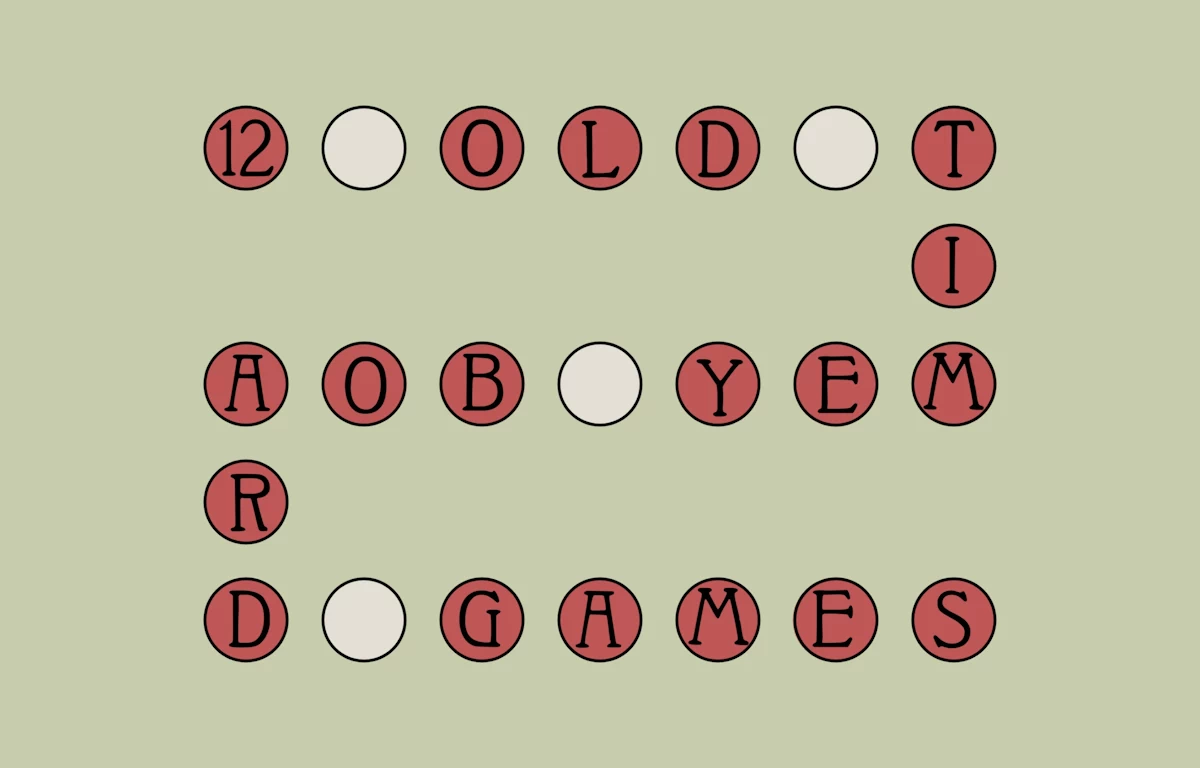
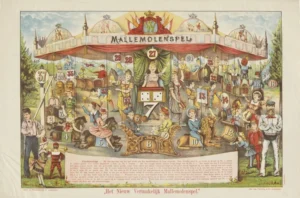
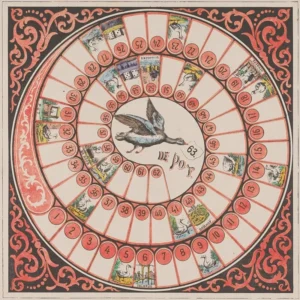
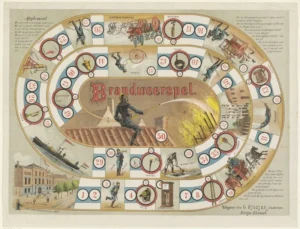
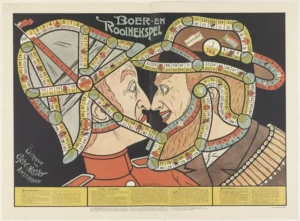
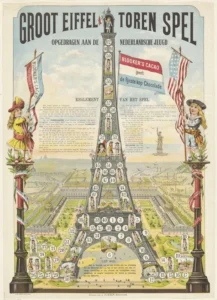
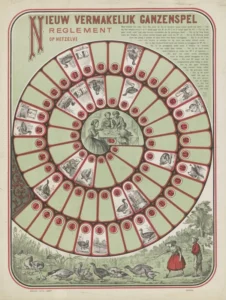
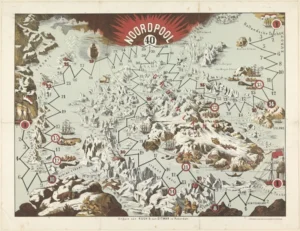
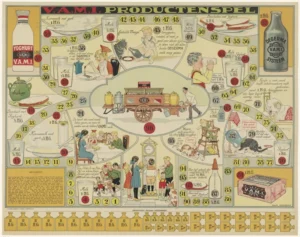
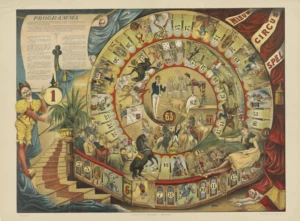
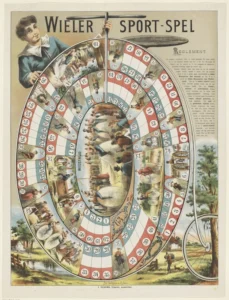
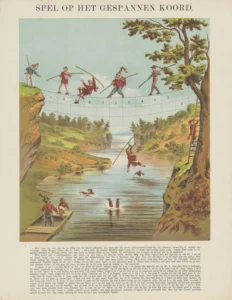
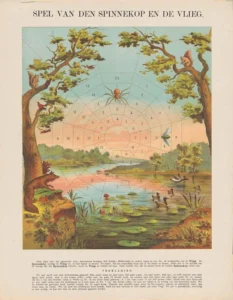
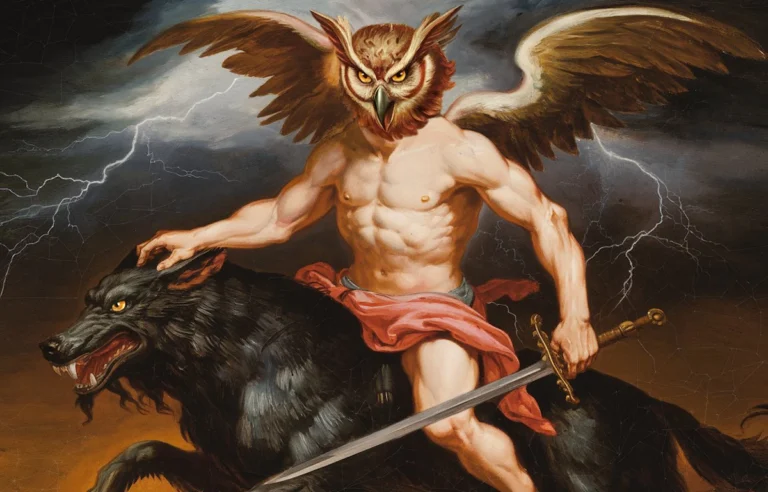
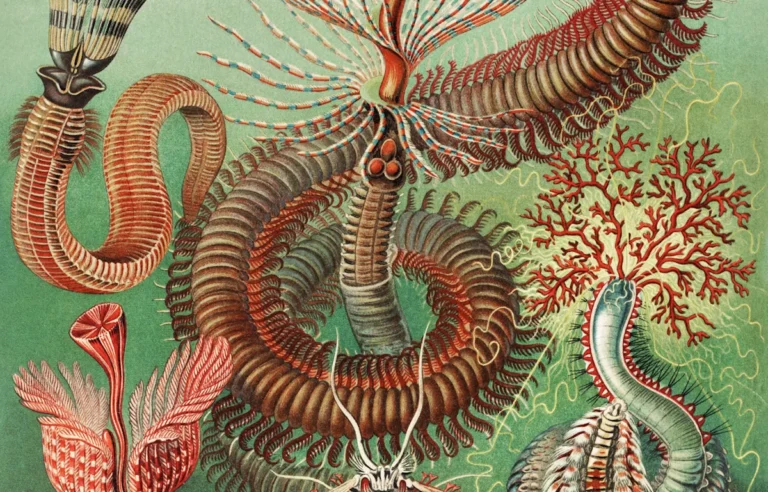
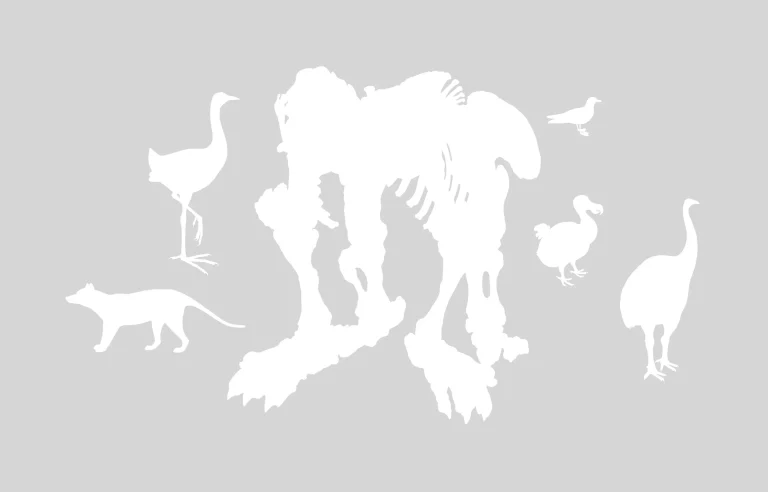
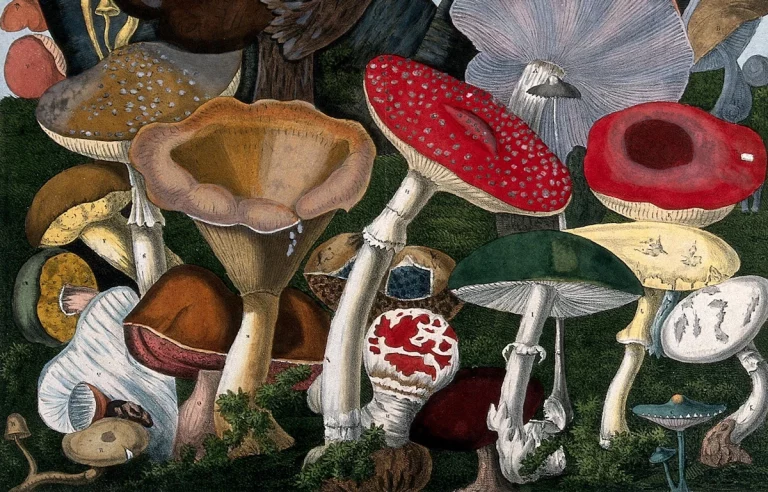
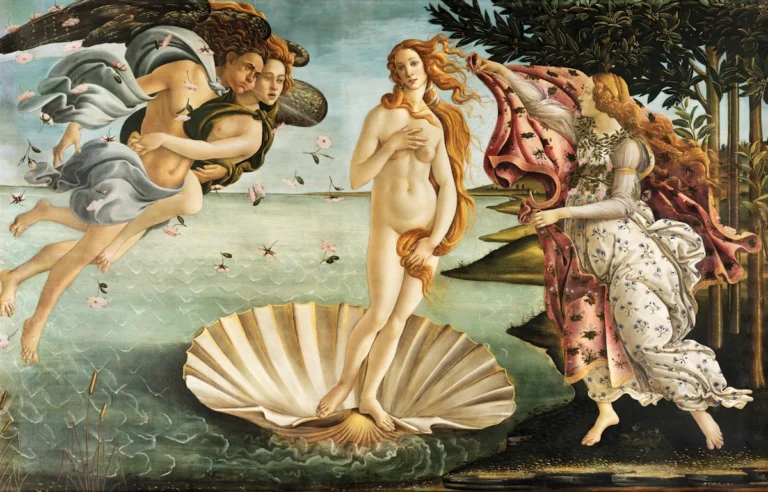
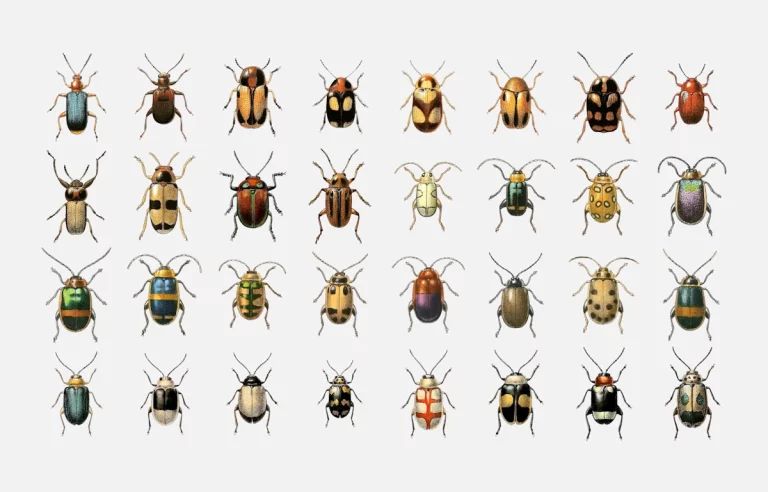
One Comment
Comments are closed.